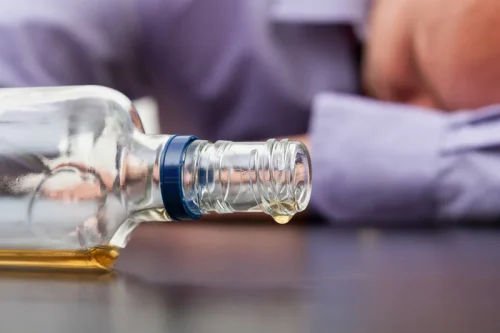
In 1975, a tight budget in Montgomery County, Maryland led to a decision to close one of the four county-run halfway houses. The thirteen men living in the halfway house rented the building and decided to run it themselves. That was an important change because recovering individuals take different lengths of time to become comfortable enough in sobriety to avoid relapse. Addicted individuals help themselves by helping each other abstain from alcohol and drug use one day at a time.
Q. How difficult is it to find another house to rent?
We want our comments to be a lively and valuable part of our community – a place where readers can debate and engage with the most important local issues. The ability to comment on our stories is a privilege, not a right, however, and that privilege may be withdrawn if it is abused or misused. Having houses in good neighborhoods with a safe environment for recovery to flourish may be the single most important reason for the Oxford House success. To learn more about different types of recovery housing and their accreditation, you can visit the National Association of Recovery Residences (NARR) website. The average number of times an Oxford House resident has been through prior treatment is three, but for about a quarter of residents their Oxford House residency is after their first treatment episode. While research on AA has been limited by the role of anonymity in recovery, the willingness of the Oxford Houses to open their doors to academic research gives us an opportunity to see recovery from addiction in action.
Is there a support network available for Oxford House residents to help with sober living goals?

All they need to do is to find a house to rent in the name of the group, and apply to Oxford House, Inc., for a charter. In its simplest form, an Oxford House describes a democratically run, self-supporting and drug free home. Parallel to this concept lies the organizational structure of Oxford House, Inc. This publicly supported, non-profit 501(c)3 corporation is the umbrella organization which provides the network connecting all Oxford Houses and allocates resources to duplicate the Oxford House concept where needs arise.
Q. How much sobriety or clean time is needed before an individual can be accepted into an Oxford House?

Each member has one vote and majority rule applies except that 80% of the members must agree in accepting new persons for membership. Each House represents a remarkably effective and low cost method of preventing relapse. This was the purpose of the first Oxford House established in 1975, and this purpose is served, day by day, house after house, in each of over 2000 houses in the United States today.
Q. What is the “ideal” number of individuals to assure a well-run self-run, self-supported recovery house?

Of that number 4,332 relapsed [19%] and were expelled, while 7,668 moved out clean and sober. One can only be dismissed from an Oxford House because of drinking, oxford house sober living using drugs, non-payment of rent, or disruptive behavior. Every opportunity should be given to a member who needs professional help to see that he obtains it.
- It is at these meetings that checks are written for bills and residents are made aware of where they stand financially.
- This was the purpose of the first Oxford House established in 1975, and this purpose is served, day by day, house after house, in each of over 2000 houses in the United States today.
- Neither can an Oxford House function if some do not pay their fair share of the costs.
- This prohibition requires local governments to make a reasonable accommodation in their zoning laws to enable handicap individuals to effectively deal with their disability.

While no one is ever asked to leave an Oxford House without cause, some individuals will simply outgrow living in an Oxford House. They will return to their families; they may start new families; they may simply move into another living situation. Equal Expense Shared (EES) is generally between 80 and 160 dollars a week and includes utilities.


